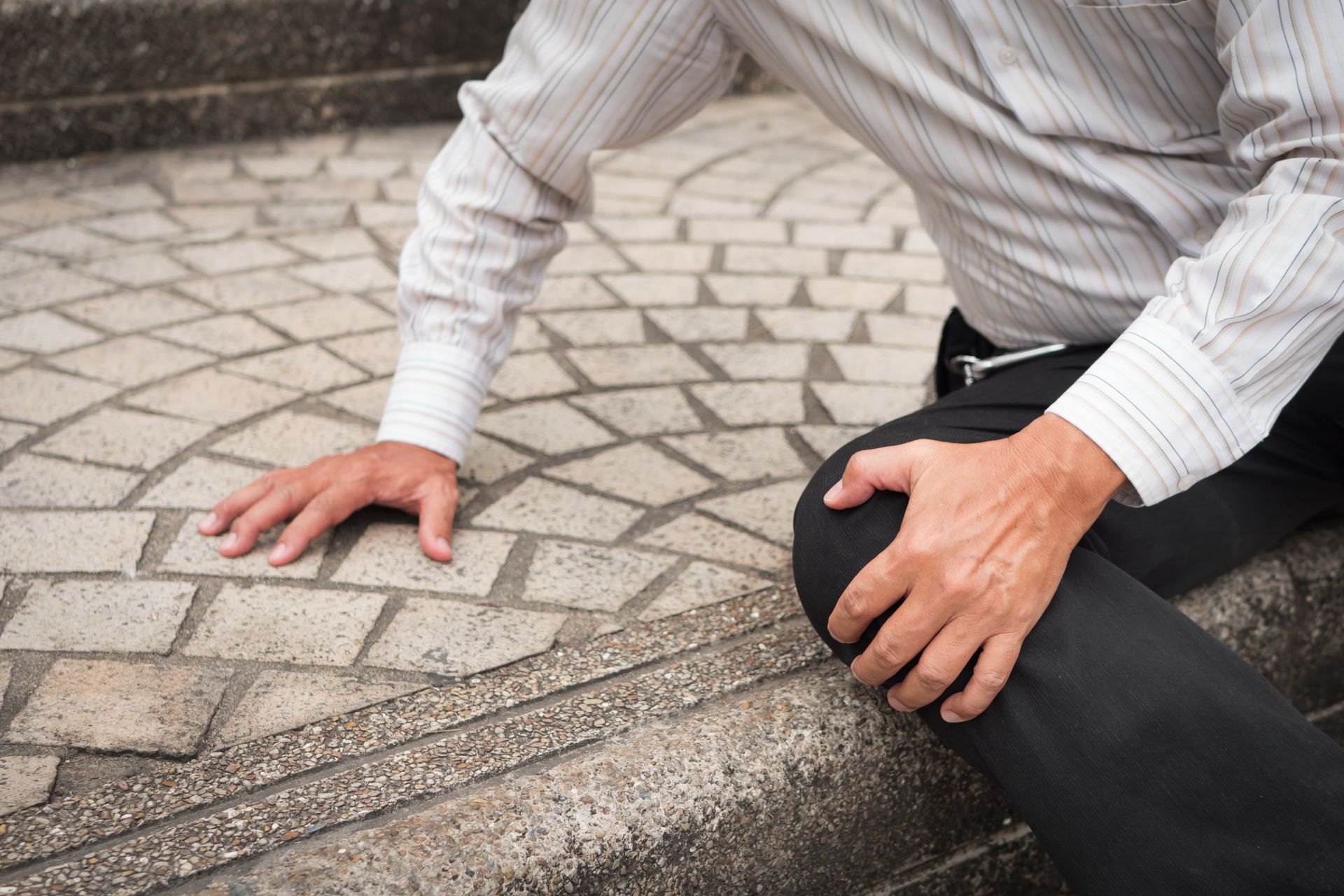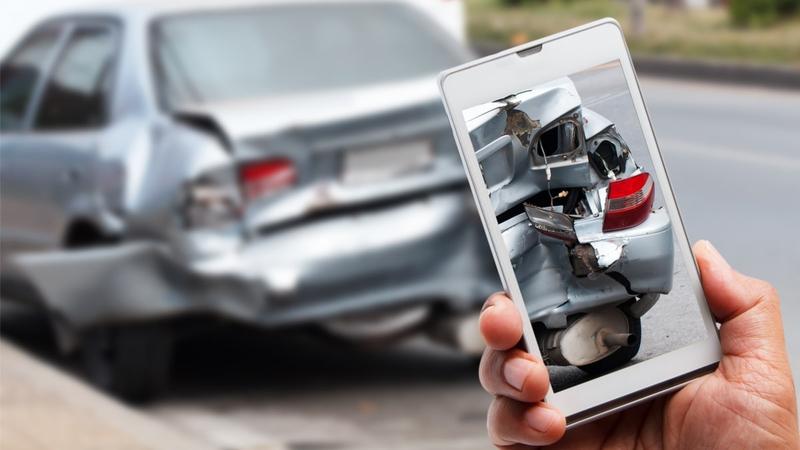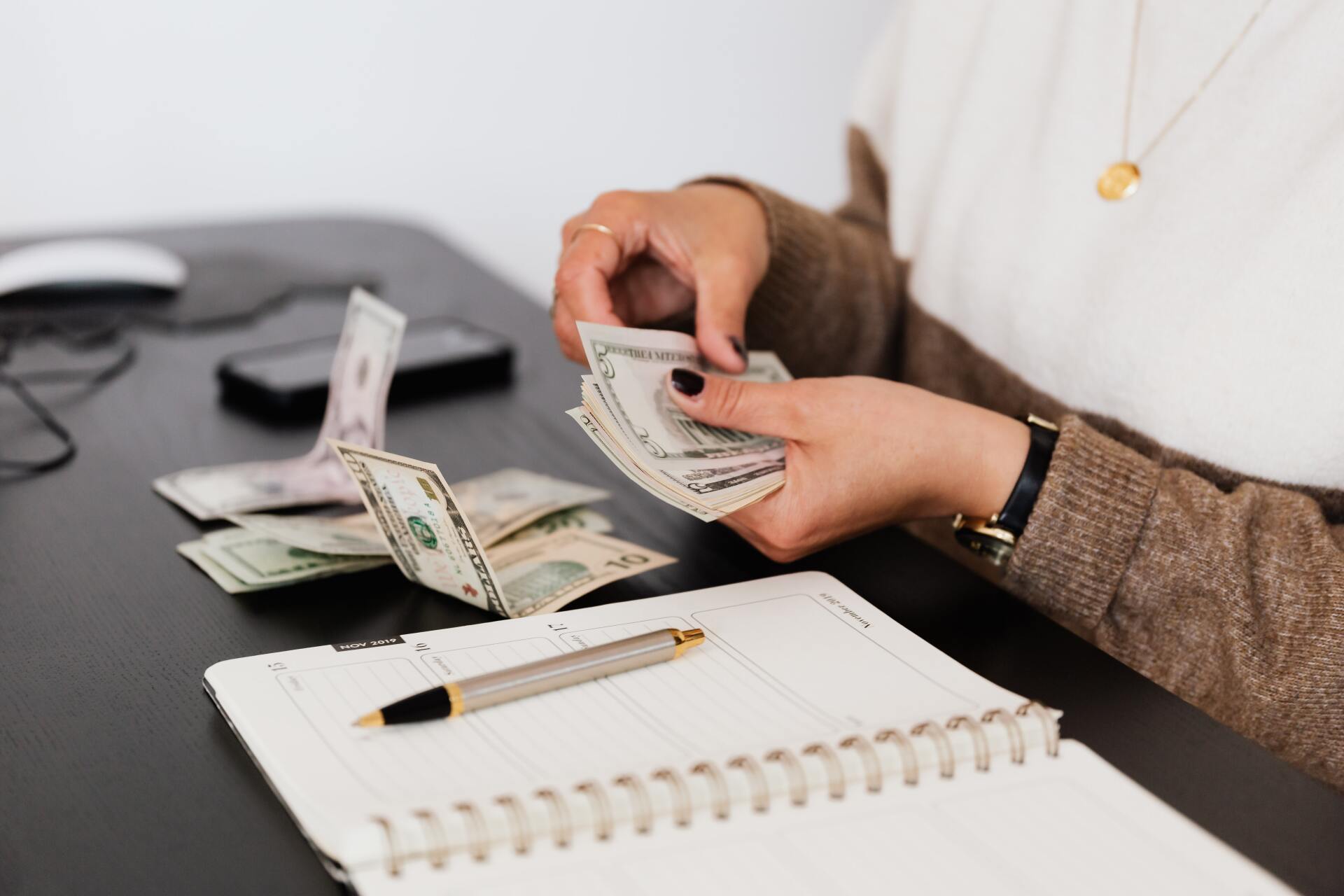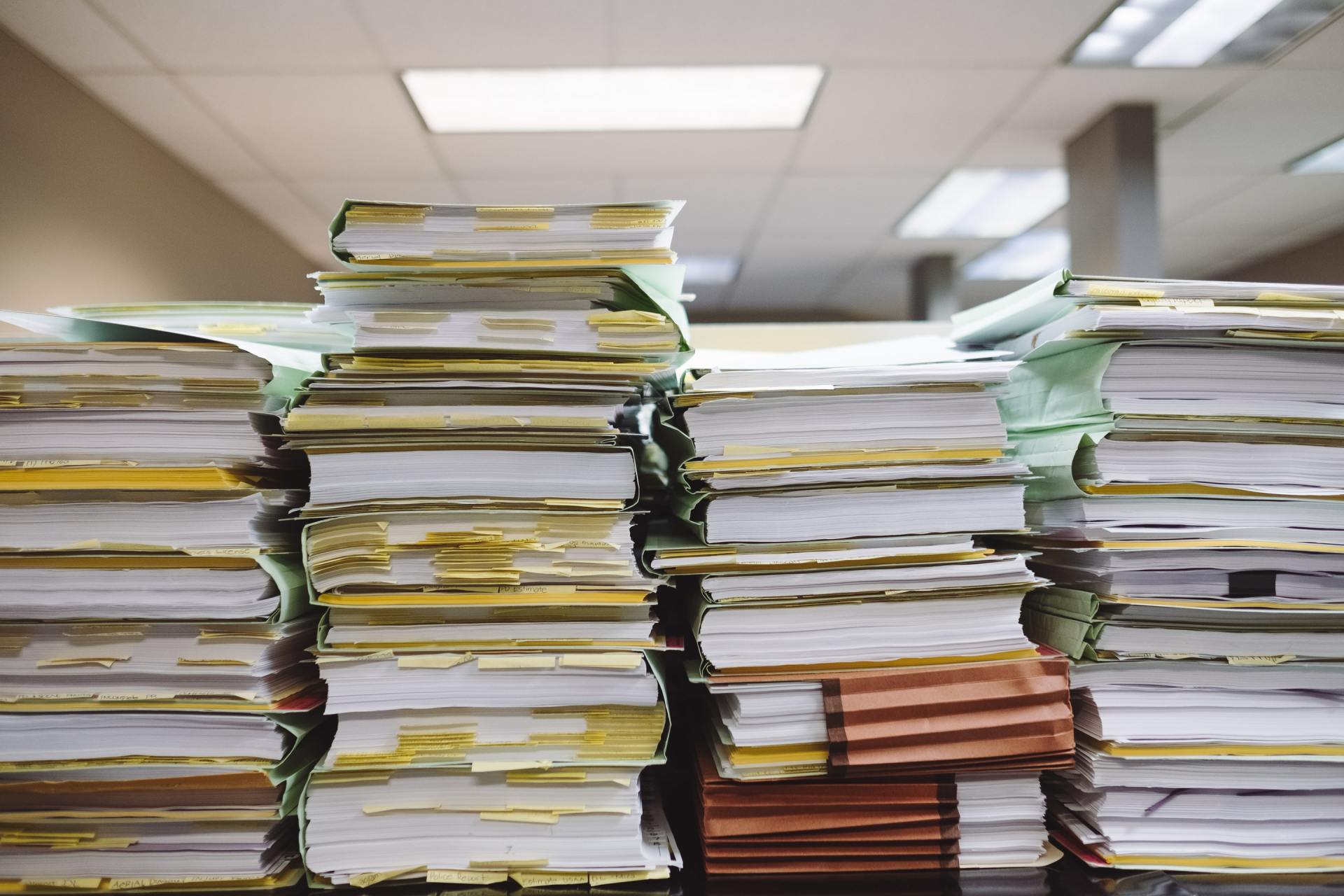Get in touch
(760)-439-2210
Employer Risk After Holiday Parties
As the holiday season approaches The San Diego Union Tribune featured an article educating the community of the risks companies take when hosting end of the year events that serve alcoholic drinks. The article highlights the ruling of the San Diego division of the California Court of Appeal in the 2013 case of Purton v. Marriott Internat., Inc. The case decided employers may be liable if an employee’s alcohol consumption at the event later contributes to an accident that injures a third party. An employer may be liable even if the accident occurs after the employee arrives home safely and later, while still intoxicated, drives another employee home.
Share
Tweet
Share
Mail

25 Jan, 2024
Slip or trip and fall accidents can happen unexpectedly, leaving victims with injuries and a myriad of concerns. If you've experienced a slip or trip and fall in San Diego, California, and you have been injured it's essential to know the steps to take to protect your well-being and potential legal rights. In this blog, we walk through crucial steps to follow after being injured in a slip and fall incident in San Diego, California. Seek Medical Attention Even if your injuries seem minor, it's crucial to seek medical attention promptly whether that be at urgent care or with your family doctor. Some injuries may not manifest symptoms immediately, and a medical professional can assess your condition thoroughly. Additionally, medical records will be essential if you decide to pursue a personal injury claim later. Report the Incident If your fall occurred on someone else's property such as at grocery store or department store, report the incident to the property owner, manager, or supervisor as soon as possible. Make sure to obtain a written incident report and keep a copy for your records. Include details such as the time, date, location, and a brief description of what happened. Document the Scene Gather evidence by taking photographs of the accident scene, including any hazardous conditions that contributed to your fall. Document any visible injuries you sustained. These visual records can serve as valuable evidence later on. Identify Witnesses: If there were witnesses to your fall, collect their contact information. Witness statements can strengthen your case by providing additional perspectives on the incident. Additionally, if the fall occurred at a business get the names of all employees who you spoke to following the incident. Preserve Evidence Keep the clothing and footwear you wore at the time of the incident as potential evidence. Store them in a safe place, untouched, to help demonstrate the conditions at the time of the slip and fall. If the fall occurred at a business or private property, send a “preservation of evidence” written letter requesting that the business or property owner maintain any video footage, photographs, reports, witness statements, and all other evidence. Additionally, request that a copy of the letter be provided to their insurance provider. It is rare that a business will provide a copy of their reports, video footage, or other evidence before a lawsuit is filed. While that can be frustrating, so long as you demand that the business or property owner preserves all evidence you have taken the proper steps. Avoid Making Statements Refrain from making any formal or recorded statements to insurance representatives or the property owner without consulting a personal injury attorney. Off-the-cuff remarks may be used against you later, so it's advisable to seek legal advice before discussing the incident extensively. File a Claim This is specific to falls that occur on public property owned by a city. If a public entity is liable for causing injuries as a result of a dangerous condition on public property, the claimant must file a claim within six months. Cities provide claim forms on government website which can be used by claimants to file their claim. If your fall occurred at a private business or home, the claim likely will be reported by the property owner after a preservation of evidence letter has been sent to the property owner. In conclusion, experiencing a slip and fall can be a challenging ordeal thrusting unexpected complications into your life, but taking these steps can significantly enhance your ability to protect your well-being and pursue fair compensation for your injuries. By being proactive and seeking legal guidance, you can navigate the aftermath of a slip and fall with greater confidence and resilience. If you or someone close to you has been injured in a slip or trip and fall and have questions, please contact our office to learn about your rights. Your initial consultation is free and if you retain our services no fee will be payable to our firm unless we obtain compensation for you.

16 Apr, 2021
After being involved in a motor vehicle accident you might be dealing with reporting the accident to the police, car insurance companies and the DMV. As you may have suspected there are laws for which accidents need to be reported, who the accident needs to be reported to and when an accident needs to be reported. Exchanging information at the accident scene California Vehicle Code (CVC) § 20001 states that the driver of a vehicle involved in an accident resulting in injury to a person, other than himself or herself, or in the death of a person shall immediately stop the vehicle at the scene of the accident and shall exchange information (providing his or her name, current residence address, the names and current residence addresses of any occupant of the driver’s vehicle injured in the accident, the registration number of the vehicle he or she is driving, and the name and current residence address of the owner). Reporting a car accident to a law enforcement agency CVC § 20008 , states that the driver of a vehicle involved in any accident resulting in injuries to or death of any person (driver, passenger, pedestrian, bicyclist, motorcyclist, etc.) shall within 24 hours after the accident make or cause to be made a written report of the accident to the Department of the California Highway Patrol or, if the accident occurred within a city, to either the Department of the California Highway Patrol or the police department of the city in which the accident occurred. If a law enforcement officer was called to the scene of your accident and injuries are reported, he or she will prepare a written report of the accident on behalf of the agency. In that situation, you need not make your own separate written report. Even if no injuries are reported, the officer will still generate an incident report. Reporting a car accident to the DMV CVC § 16000 , states that a person involved in an accident must notify the DMV either personally or through an insurance agent, broker, or legal representative, on a form approved by the department ( SR-1 ), within 10 days of the accident if (1) there was property damage of $1,000 or greater, (2) someone is injured, or (3) a person dies in the accident. Risk of punishment for failure to exchange information and report an accident Failure to exchange information and report an accident that caused injury to another may result in imprisonment in the state prison, or in a county jail and/or by a fine of not less than one thousand dollars ($1,000) nor more than ten thousand dollars ($10,000). CVC § 20001 . Reporting a car accident to your automobile insurance provider California law does not require a driver to report an accident to his or her insurance company. However, most auto insurance companies include a clause that requires them to report an accident in a timely manner. If the accident is not reported in compliance with the insurance policy then coverage may be denied to an at fault driver. If you have been involved in a car accident and have questions, please contact our office to learn about your rights. Your initial consultation is free and if you retain our services no fee will be payable to our firm unless we obtain compensation for you.

12 Mar, 2021
You were injured as a result of a car accident and there is no dispute as to who was at fault for causing the accident. The insurance company “accepted liability” and paid for the damage to your car but now the insurance company does not want to pay for your injury claim. New clients often come to us frustrated and confused by the hold up to be compensated for their injuries. The question becomes, “they were 100% at fault for the accident and have accepted liability, why aren’t they paying me for my injuries?” When you are making a personal injury claim as a result of a car accident you have to prove: (1) negligence of the other driver; (2) the negligence of the other driver was a substantial factor in causing you harm; and (3) the harm or damage that was in fact caused by the other driver’s negligence. Negligence of the Other Driver The first hurdle is establishing that the other driver was in the wrong for causing the accident. You must prove that the other driver failed to exercise the reasonable duty of care required of every driver on the road. When the other driver is clearly at fault for the accident (e.g. they rearend you while you are at a stop for a red light) the insurance company will accept liability and pay for the damages to the car. The insurance company has only acknowledged that their driver was negligent and caused the accident, they are not acknowledging that the negligence caused you to be physically injured. Bear in mind that the claim for the damages to your car and your claim for bodily injury are two separate claims. We bring this to your attention because it is fairly common for the insurance company to accept liability and pay for damages to the car but later fight liability on the personal injury claim. They will attempt to attribute partial liability to the personal injury claimant. It sounds crazy and irrational, we agree! Welcome to the world of insurance claims. Substantial Factor in Causing Harm Once it is established that the other driver was at fault for the accident, at least in-part, then you have to establish that any injuries that you are claiming were more likely than not caused by the accident. Some injuries are clearly caused by an accident and the insurance company has a tough time fighting claims for those injuries (e.g. broken bones). Contrarily, claims for soft tissue injuries (e.g. ligament tears or disc injuries of the spine) see more push back from the insurance companies. Insurance companies are skeptical of claims and want to determine whether those injuries were pre-existing rather than caused by the car accident. We find that some of our client’s do have pre-existing conditions. However, a pre-existing condition does not preclude someone from being compensated. If a pre-existing condition is aggravated or made worse by the negligence of another person, that negligent person(s) is liable for the additional damage they have caused. The Damage Caused Finally, if you are able to prove that the other driver was negligent and that negligence was a substantial factor in causing you harm you are left to prove what the total damages are that are a result of your injuries suffered in the accident. Damages in a personal injury claim vary but you are entitled to recover past and future medical expenses, past and future loss of earnings or loss of earning capacity, and pain and suffering. These damages are discussed in more depth in this damages blog . If you have been involved in a car accident and have questions please contact our office to learn about your rights. Your initial consultation is free and if you retain our services no fee will be payable to our firm unless we obtain compensation for you.

05 Mar, 2021
If you have been involved in a car accident and are seeking compensation for your injuries the insurance companies will be asking for various documents. This article is a resource to help gather basic documents to make your personal injury claim following a car accident. Police Report / Traffic Collision Report If the police respond to an accident scene and injuries are reported to the responding officer, there is a good chance that the officer will make a report. The police officer provides each party involved in the accident with an incident number. In many instances, paramedics respond to the accident scene and have to rush an injured party to the hospital in which case the police officer may not have an opportunity to provide an incident number to that individual. No matter the scenario, it is always prudent to call the law enforcement agency of the city in which the accident took place to request the report. When requesting the report, you will be directed to the records department who will request the incident report or alternatively the date of the accident and the individual’s name. Bear in mind it may take a couple weeks from the date of the accident before the report is completed by the particular department. The police report may prove to be helpful to establish the at-fault driver if any dispute arises. Repair Estimates and Photographs of the Vehicles Following a car accident many people take pictures of the cars at the accident scene with their phones, these may be helpful to show the significance of an accident. Similarly, a repair estimate, repair bill, or total loss evaluation for the damage of your vehicle can help prove the significance of the impact. You are entitled to these documents from the evaluating entity and should obtain a copy upon completion of any given evaluation. The significance of an impact can help a claimant prove that the accident was a cause of the injuries being claimed. Medical Records and Bills If you are injured you are receiving medical treatment for those injuries. The insurance company wants proof that you were injured if they are going to compensate you. The easiest way to prove injuries is by showing that you received medical treatment. The medical records will reflect your injuries and how long they lasted or were treated. Many of the major medical providers in San Diego have patient portals that allow patients to request and access records online: Kaiser Permanente Scripps Sharp UCSD Health Off work slips and Earning Statements If you have missed work you will want to prove your loss of earnings. Even if you didn’t lose pay because you used sick days, medical leave, and/or paid time off you are still entitled to the loss of earnings. If medical providers have given you off work slips that is an easy way to show the days you were taken out of work. To prove your earnings, you can produce earnings statement. It may be helpful to produce a time range of earnings statements dating back to before your accident to show what your earnings were prior to the injury and subsequently the dip in earnings you suffered due to the time missed from work. If you have been involved in a car accident and have questions please contact our office to learn about your rights. Your initial consultation is free and if you retain our services no fee will be payable to our firm unless we obtain compensation for you.
